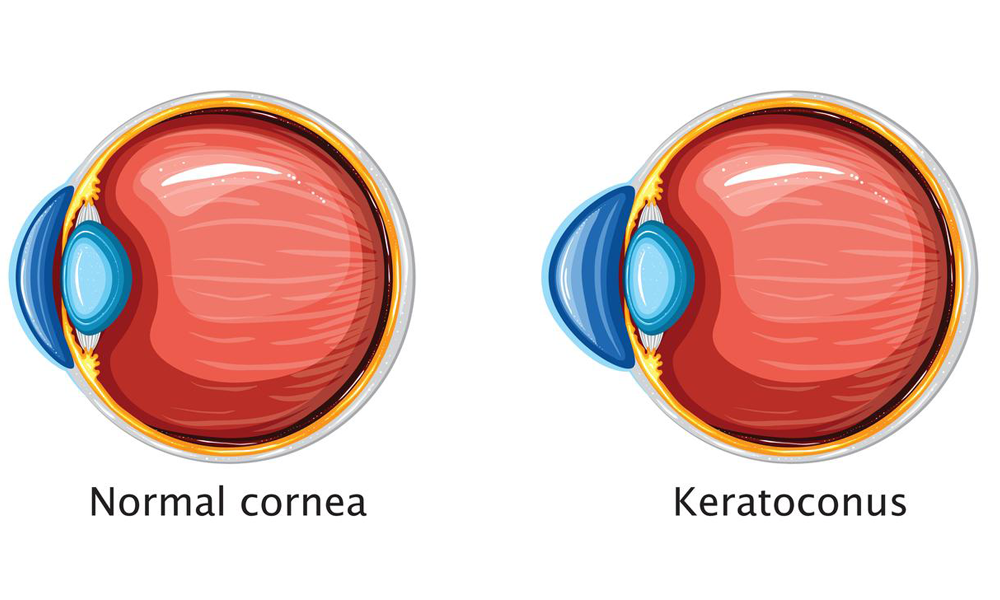-
Call Us
+91 91759 73201 -
Email Us
drchetanjaykar@gmail.com -
Time
Mon To Sat (Sun Close)
10:00 AM - 02:00 PM 05:00 PM - 08:30 PM

The cornea is the transparent outermost layer of the eye that covers the iris, pupil, and anterior chamber. It is responsible for refracting light as it enters the eye and plays a crucial role in focusing images onto the retina, which is necessary for clear vision.
The cornea is composed of five layers: the epithelium, Bowman's layer, stroma, Descemet's membrane, and endothelium. The epithelium is the outermost layer of the cornea and acts as a barrier against infection and injury. Bowman's layer is a thin layer of collagen fibers that provides structural support to the cornea. The stroma is the thickest layer of the cornea and comprises approximately 90% of its thickness. It is composed of collagen fibers and specialized cells called keratocytes, which maintain the transparency of the cornea. Descemet's membrane is a thin layer of collagen fibers that separates the stroma from the endothelium. The endothelium is the innermost layer of the cornea and is responsible for regulating fluid balance in the cornea.
The cornea is highly innervated, meaning that it contains many nerve endings. This makes the cornea extremely sensitive to touch and can cause pain if it becomes damaged or infected. The cornea also lacks blood vessels, which means that it relies on the diffusion of oxygen and nutrients from the tear film and aqueous humor for nourishment.
Various conditions can affect the cornea, such as corneal abrasions, infections, and dystrophies. Treatment for these conditions varies depending on the severity and underlying cause, but may include medications, surgery, or corneal transplants.
Copyright @ Jaykar Eye Clinic 2023. All rights reserved